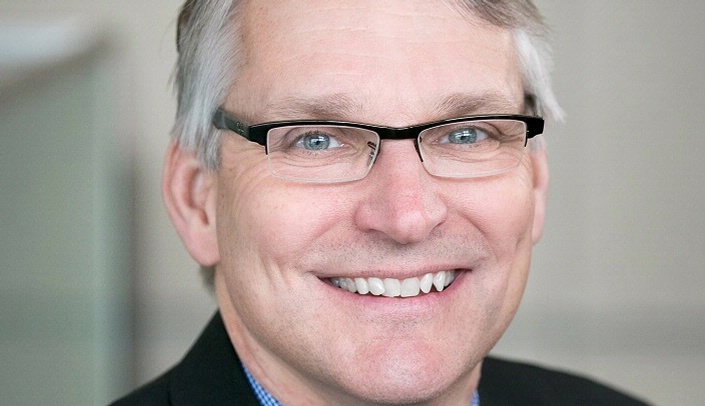The beginning of the new school year is a good time to reflect on some of the recent developments that have taken place at our medical center.
As you’ve no doubt heard, our clinical partner, Nebraska Medicine, has a new CEO – Dr. Daniel DeBehnke, an emergency medicine-trained physician who started this month after serving most recently as the CEO of the faculty physicians practice group at Medical College of Wisconsin in Milwaukee. The practice included more than 1,500 physicians and had a very strong partnership with the Froedtert health system, which is a national leader in quality and patient safety.
I’ve been very impressed with what Dr. DeBehnke brings to our organization and his quick grasp of our organization and issues. Some initial observations – he’s a quick study and quite personable….someone who’s not afraid to make a decision, but only after he first seeks and listens to input from others.
With his Wisconsin background, he should feel right at home in another Big Red Country. It’s just a slightly different shade of red, and he’s traded his "W" for a "N."
With Dr. DeBehnke’s arrival, we also need to acknowledge the great work of his predecessor – Rosanna Morris. Over the past 18 months, in her role as interim CEO of Nebraska Medicine, Rosanna was instrumental in leading Nebraska Medicine through its formation and creating a great starting point upon which Dr. DeBehnke can build. We wish her nothing but the best as she moves to her next position as president of Beaumont Royal Oak Hospital in Michigan.
One of the great events every year in the College of Medicine is the White Coat Ceremony in which new medical students receive their white coats at the beginning of medical school.
The White Coat Ceremony didn’t exist when many of us were in medical school. It started in 1993 when Dr. Arnold Gold, a teacher and pediatric neurologist, created the White Coat Ceremony at Columbia University College of Physicians and Surgeons. The concept subsequently spread across U.S. medical school campuses such that most schools have some form of the ceremony. It also has been adopted by schools in the other health professions, including those at UNMC.
Before the White Coat Ceremony, medical students’ first official acknowledgement of the professional ethics of medicine was when they took the Hippocratic Oath for the first time at commencement. The White Coat Ceremony marked a change in that tradition, introducing students to the professionalism of medicine before their first year of study, providing them and asking them to commit to well-defined guidelines regarding the expectations and responsibilities that come with the medical profession.
One of the great things about the White Coat Ceremony is that it allows medical schools to engage their alumni in the event. Donations from alumni pay for the white coats. Many alums even leave a personal message inside the white coat to extend their best wishes to the new students as they embark on the next stage of their life’s journey.
The College of Medicine welcomed 132 new students at our White Coat Ceremony on Aug. 19 at Witherspoon Hall at Joslyn Art Museum. We are pleased that it is one of the most diverse classes ever in the UNMC College of Medicine, and diversity is certainly something for which we always strive.
Finally, I want to acknowledge the record $115.1 million brought in by UNMC researchers during the 2015-16 fiscal year. The total represents an increase of 23 percent from the previous fiscal year. At a time when securing research funding has never been more difficult, this is truly a great accomplishment.
There were many factors that contributed to the increase, including recruitment of new faculty, new awards by early career scientists, greater recruitment of subjects into clinical trials, new collaborative research partnerships, and working closely with the National Strategic Research Institute to attract more Department of Defense research funding.
As the largest UNMC college in terms of research activity, the College of Medicine played a key role in establishing this record. My deepest thanks to all those researchers who put in the long hours and hard work to make this happen.
